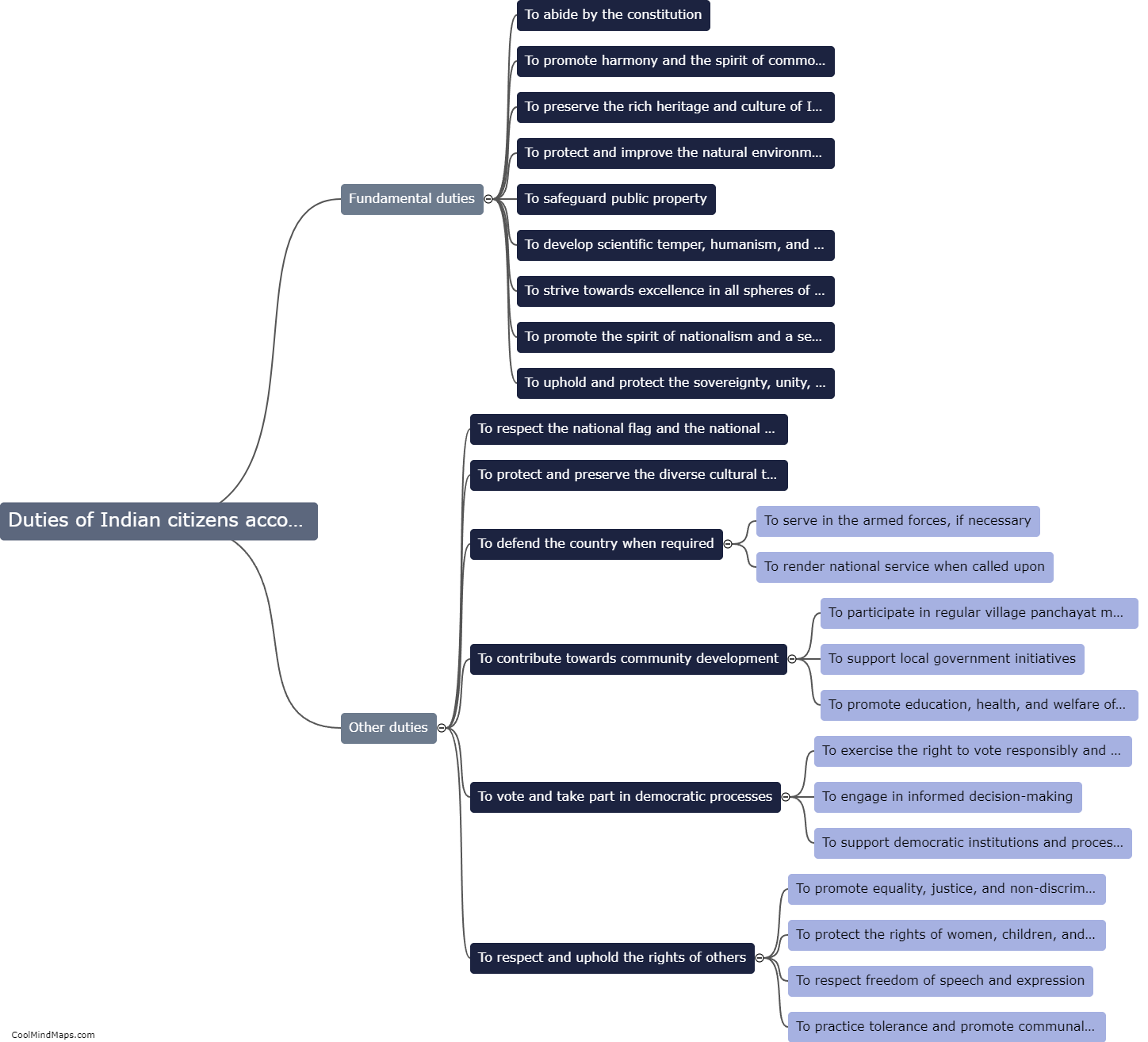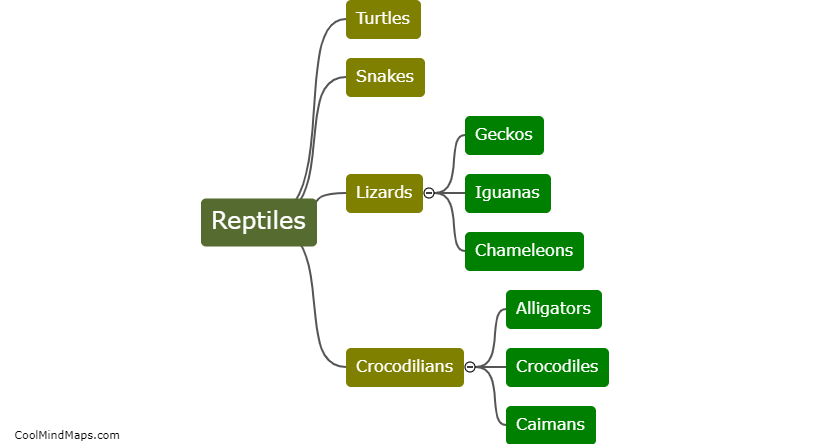What are the different mechanisms involved in charcoal water treatment?
Charcoal water treatment involves several mechanisms to effectively purify water. Activated charcoal works by adsorption, where contaminants adhere to the surface of the charcoal. This process removes impurities such as chlorine, heavy metals, and organic compounds. Additionally, charcoal water filters can also undergo ion exchange, where ions in the water are replaced with less harmful ions present in the charcoal. This process helps to improve the taste and odor of the water. The porosity of the charcoal also allows for physical filtration, trapping larger particles and sediments. Overall, the combination of these mechanisms helps to create cleaner and safer drinking water.

This mind map was published on 27 June 2024 and has been viewed 57 times.











